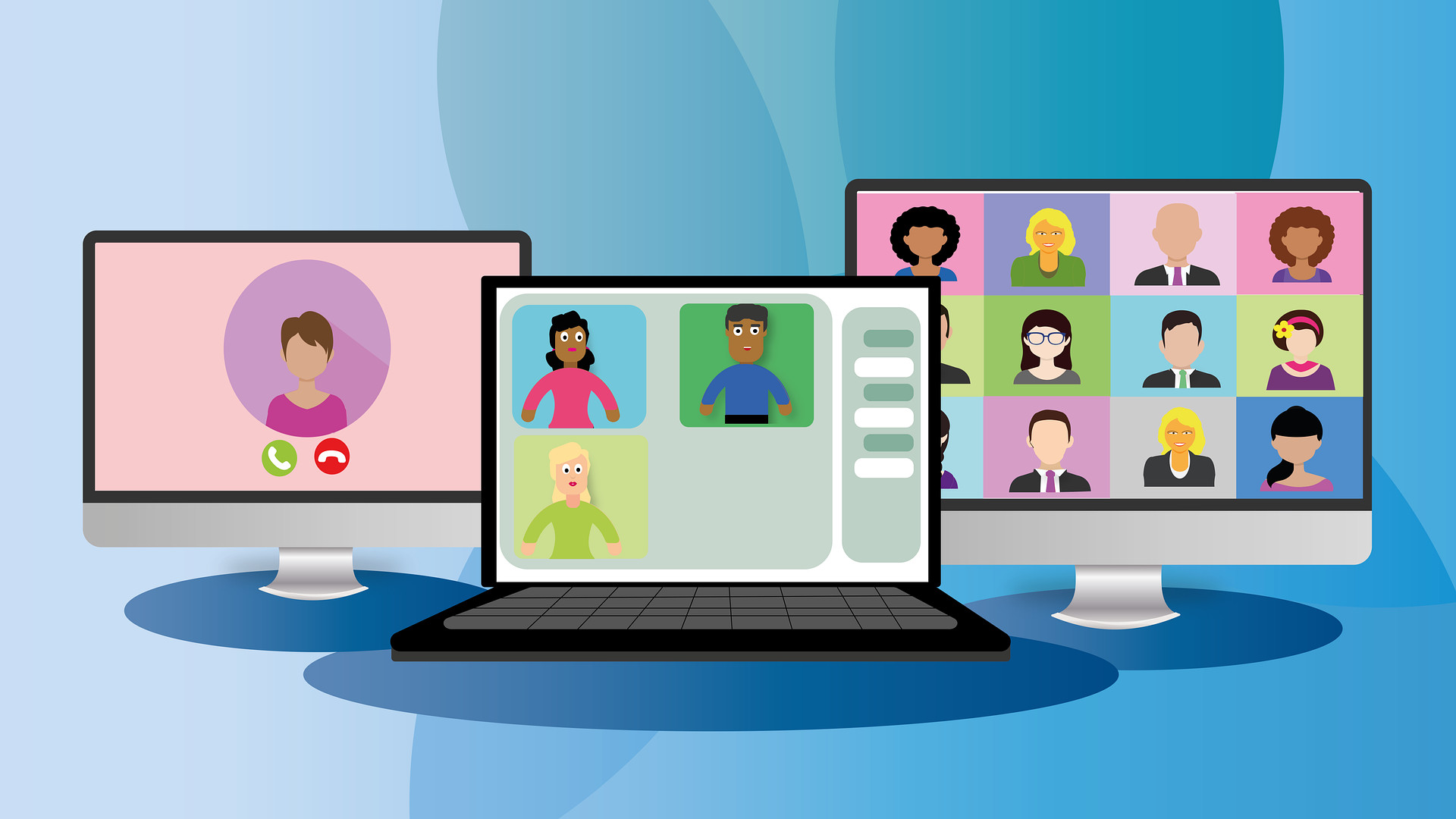March 11, 2021
4 min read
While the trials of educators thrust suddenly into remote teaching due to the COVID-19 pandemic have been widely examined, less frequently discussed is how librarians are navigating a similar elearning path.
If the classroom is closed, so is the school library. How do students access the wealth of learning resources within when they can't step across the library threshold? Until the pandemic abates, there's only one answer. Libraries must make the digital leap to provide essential literary, research, and learning assets to all students.
The following steps serve as a guide for librarians and library administrators to manage their libraries as fully digital learning resources.
1. Develop a Welcoming Online Climate
- Design a welcoming and accessible library website, highlighting student work and life.
- Curate digital resources in multiple formats
- Provide online opportunities for students to use library resources for research, individual exploration, independent reading, and personal inquiry.
- Use webinars, video conferencing, and video tools to connect students to special programs on health, college and careers, authors and books, etc.
- Keep online book displays updated
2. Plan & Teach Collaboratively
- Collaborate with teachers in Google Classroom to plan and implement lessons that integrate information literacy skills and resources with the classroom curriculum.
- Participate in virtual school, department, and grade-level curriculum development.
- Support teachers with digital resources upon request and proactively reach out to teachers to support their instruction.
- Facilitate collaboration among classroom teachers using Microsoft Teams or Google Classroom.
- Share responsibility with teachers for integrating inquiry, information literacy and technology skills into online school curriculum.
- Help structure student assignments for deeper thinking and research with virtual office hours, email, and online response tools (ex. Google Forms, Microsoft Teams Office Hours).
- Teach collaboratively with classroom teachers whenever possible in a Google Classroom environment.
- Develop and implement reading initiatives with videos, eBooks, virtual assignments, and collaborative peer tools to motivate students in independent reading.

3. Promote Information Fluency Curriculum
- Develop a plan in Google Classroom on the integration of information fluency and digital skills throughout the grades and subject areas.
- Ensure that all students have equitable opportunities to practice information fluency through resources, assessments, and virtual learning opportunities.
- Provide professional development for teachers with webinars, video conferencing tools, resource links, or recorded content to illustrate how technology and information skills can support curriculum and instruction.
4. Align Collection to Curriculum and Student Needs
- Assess student and teacher needs and interests through website and email outreach.
- Manage a Google form (or other platform) seeking requests from teachers and students.
- Assess connections between online classroom needs and the library’s ebook collection and other free ebook collections.
- Read professional reviews in library publications and other reputable publications to keep current on print and non-print resources available.
- Curate and subscribe to appropriate free resources.
5. Teach the Technology
- Ensure that teachers and students have access to vetted electronic resources from home, as well as the technology needed to access them.
- Stay up-to-date on the latest technologies and electronic resources for teaching and learning from home.
- Create lessons in an online classroom to train teachers and students how to use electronic resources for teaching and learning.
- Integrate the library into remote learning at their school.
- Teach students and faculty the ethical and safe use of technology from home.
6. Promote Access
- Develop a scheduling policy and virtual office hours that facilitates flexible access to the librarian during the school day.
- Ensure that all students have e-pub library cards from one or more local public library systems.
- Promote independent reading for all students as part of the school’s program and e-resources to support it.

7. Maintain Resources and Technology
- Organize a list of electronic resources by subject area for all students.
- Curate E-resources into appropriate subject areas on an easily browsable or searchable platform
- Provide 1:1 support for students and/or teachers or breakout groups.
- Maintain a library website with clear information that staff and student need to know.
- Promote use of the virtual library to teachers, students, and families to ensure that the library is a vital and active center of learning for the entire school.
- Seek support from tech personnel and vendors in integrating and using e-resources to facilitate student learning.

8. Communicate with Colleagues
- Train and manage library staff remotely using Microsoft Teams, Google, or other online platforms.
- Set goals and share them with direct supervisors.
- Collaborate with co-librarians by establishing clear job-sharing responsibilities.

9. Manage Funding
- Establish budget priorities based on remote learning needs of students and staff.
- Pursue grant opportunities and free offerings
- Seek online opportunities for the virtual library environment, including technological integration of the library into content specific and school-wide grants as appropriate.

10. Keep Current
- Attend Department of Library Services online programs, meetings and virtual conferences.
- Attend local, regional, and national professional learning opportunities using a virtual platform.
- Participate in electronic discussion lists, such as NYCSLIST, NYCSLIST Teams, and LM_Net.
- Network with other school and public librarians using virtual tools and social media.
- Coordinate professional learning opportunities for classroom teachers on databases, library resources, and technology tools in order to build a professional learning community.
Read the full guide
Source: Translation of Practice for School Librarians, with permission from the New York City School Library System.
This article was written by Diana Restifo from Tech and Learning and was legally licensed through the Industry Dive publisher network. Please direct all licensing questions to legal@industrydive.com.
